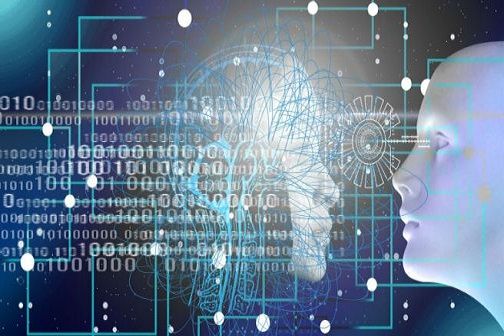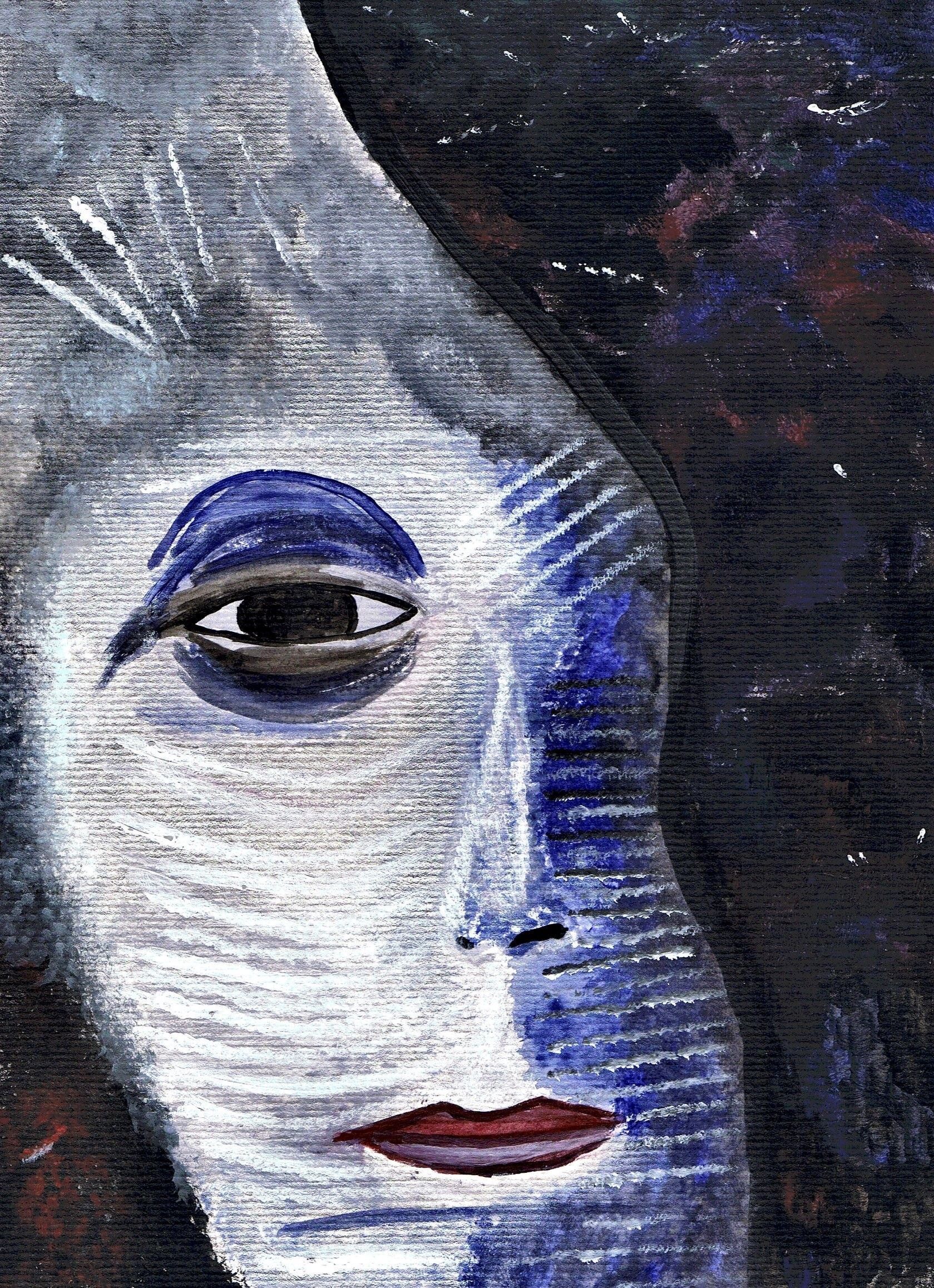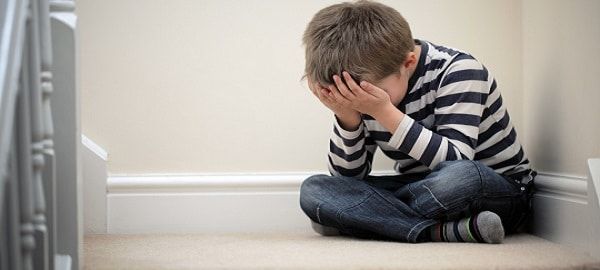The challenge of finding like-minds for 2e students
Finding like-minded peers can be difficult for many gifted young people. It may be even more challenging for twice-exceptional individuals due to the diversity of their exceptionalities.
Twice-exceptional young people are those who are gifted and have a learning disability. An exploration of twice-exceptionality requires an understanding of both giftedness and disability. A commonly adopted understanding of giftedness in Australia is based on the work of psychologist Françoys Gagné. Gagné explains that natural abilities, also known as gifts, occur in approximately 10% of the entire population. Within this range there are varying levels of giftedness. Gifted individuals may exhibit high potential within particular domains of giftedness such as social, creative, physical and intellectual.
Educators and parents of gifted young people play an important role in identifying those with high potential. An awareness of characteristics common amongst gifted young people allows for informed observations. It is important to ensure observations occur at a time when the young person is attending to an activity that is engaging and appropriately challenging to them.
Gifted characteristics may manifest in positive or negative ways. Examples of gifted characteristics include:
- The capacity to think and learn at a faster pace than their peers
- Curiosity
- A long attention span
- An advanced sense of humour
- High energy
- Creativity
- An advanced vocabulary
- Precocious reading ability
- Heightened sensitivity
- Perfectionism
- A preference for communicating with older children or adults
- Asynchronous development - the uneven development within an individual such as a mismatch between cognitive and emotional development.
In addition to educator and parent observations, identification may occur via an assessment administered by a specialist or through age-appropriate ability tests administered in a school setting.
Identification informs strategies that can be implemented to enable the young gifted individual to reach their potential. Without purposeful support and appropriate challenge, gifted individuals may become bored, underachieve or experience negative impacts on their wellbeing. This can be especially true for twice-exceptional children.
When giftedness is paired with a disability, identification is generally more difficult. Disability includes common diagnoses such as Autism Spectrum Disorder, Attention Deficit Hyperactivity Disorder, Specific Learning Disability and imputed disability. Possible complexities of the identification of twice-exceptionality include:
- The individual demonstrating characteristics of giftedness while masking the learning disability. In such instances assessment of the true level of ability can be complex.
- Giftedness going unrecognised due to a disability. This may result in the individual receiving support for their disability but not receiving appropriately challenging work in their area of strength.
- The individual presenting with average ability, with the giftedness and the disability cancelling each other out.
To gain a more thorough understanding of the young person’s learning strengths, as well as any areas requiring additional support, it is important to utilise multiple measures of identification and facilitate the collaboration of all key personnel. Through this understanding a student-centred, strength-based response can be implemented where the student is provided with opportunities to develop their strengths alongside receiving support for their disability. This support should include the implementation of opportunities to engage with like-minded individuals so as to maximise opportunities for twice-exceptional young people, allowing them to thrive, feel accepted and make worthwhile contributions to their world.
Paula O'Hara
NB: Please note that this article only represents the views of the author(s), and is not necessarily representative of the views of the Australian Association for the Education of the Gifted and Talented.
Resources


New Paragraph
Striving to improve outcomes for gifted learners
Copyright 2021 AAEGT - Privacy Policy









